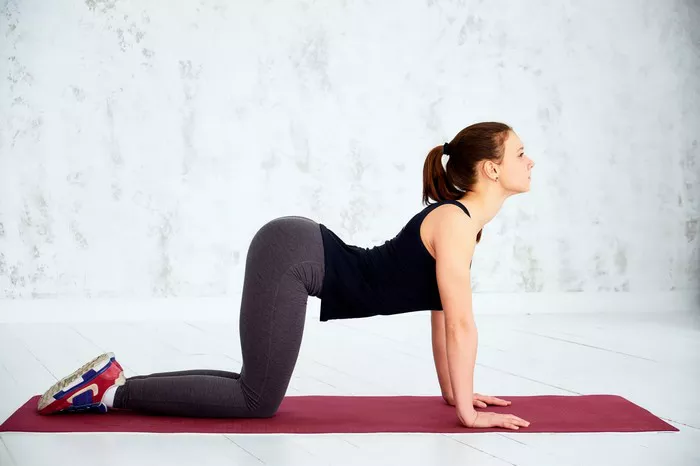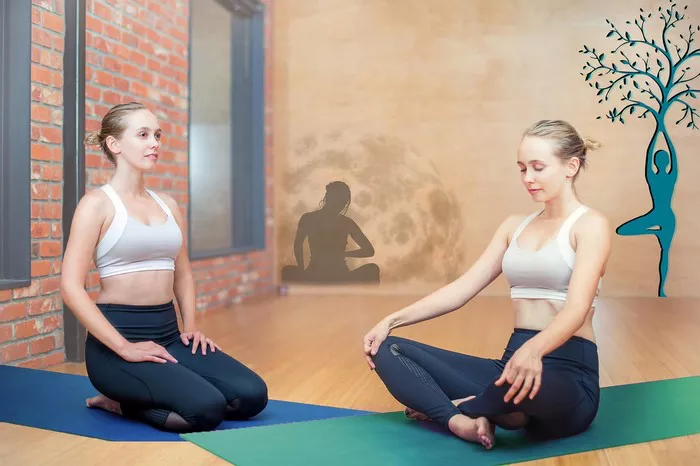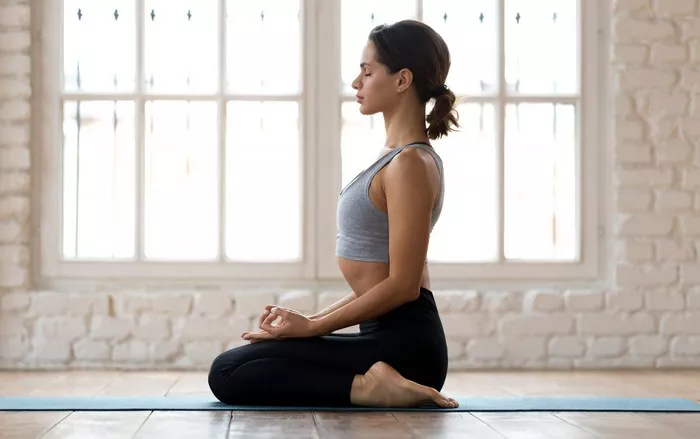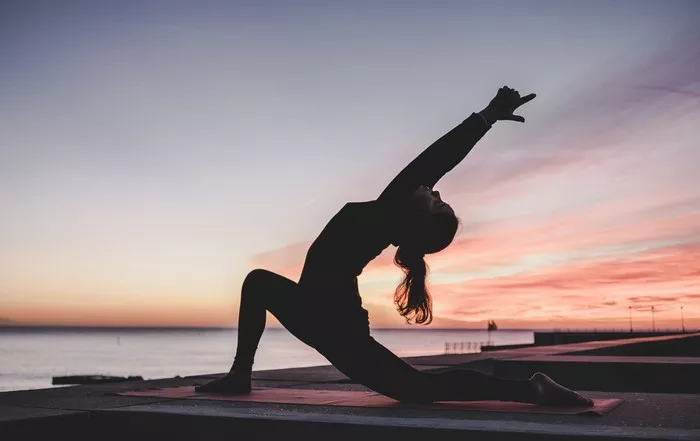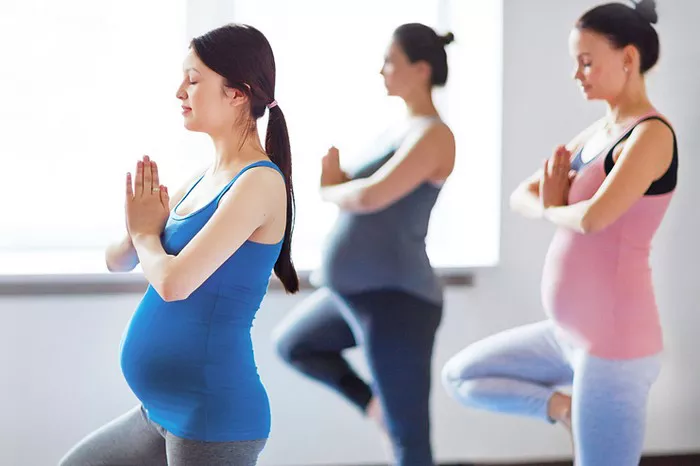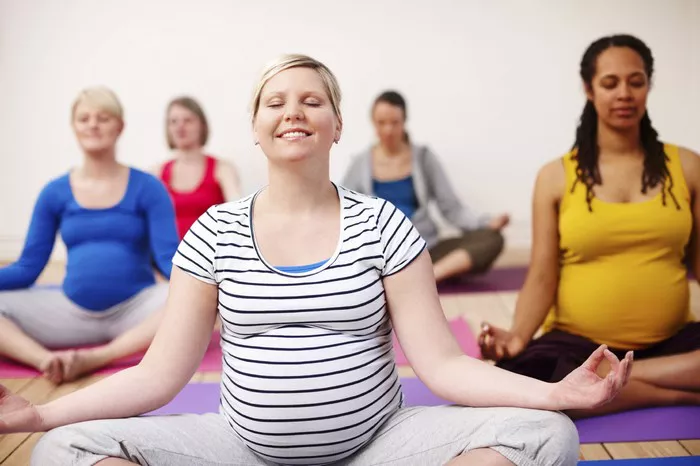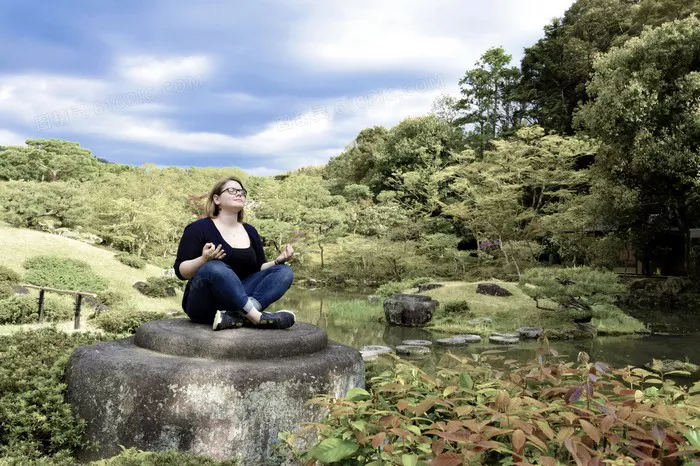Natarajasana, also known as Lord of the Dance Pose or King Dancer Pose, is a graceful and powerful yoga asana that requires strength, flexibility, and balance. This pose is named after Lord Nataraja, a form of the Hindu god Shiva, who is depicted as a cosmic dancer symbolizing destruction and creation.
This asana is highly beneficial for improving concentration, enhancing flexibility in the spine and legs, and strengthening the core and lower body. However, due to its complexity, it requires careful attention to technique and body awareness to avoid injury. In this article, we will explore the key precautions and cautions that practitioners should keep in mind while performing Natarajasana.
Understanding Natarajasana
Before diving into the cautions, let’s briefly discuss the correct way to perform Natarajasana:
- Starting Position: Begin in Tadasana (Mountain Pose), standing with feet together and arms relaxed at the sides.
- Weight Transfer: Shift your weight onto your left foot and find stability before proceeding.
- Leg Lift and Grip: Bend your right knee and bring your right foot toward your glutes. Reach back with your right hand to grasp the inner arch of the right foot.
- Balance and Extension: Extend your left arm forward, keeping your gaze steady. Begin to lift your right leg behind you while pressing your right foot into your hand to create a backbend.
- Hold and Breathe: Keep your chest open and spine lengthened while maintaining balance. Hold the pose for several breaths before gently releasing and repeating on the other side.
While the pose appears elegant, it is a demanding posture that requires careful attention to form and alignment. Practicing without proper awareness may lead to injuries, particularly in the back, knees, shoulders, and ankles.
Cautions and Precautions for Natarajasana
1. Avoid Overarching the Lower Back
One of the most common mistakes in Natarajasana is excessive compression in the lower back. This happens when practitioners focus too much on lifting the leg without engaging the core and lengthening the spine.
How to prevent this:
- Engage your abdominal muscles to support the spine.
- Keep the pelvis neutral rather than tilting it forward too much.
- Focus on lengthening the spine rather than just lifting the leg higher.
If you feel any sharp pain or discomfort in your lower back, ease out of the pose and work on core strength before attempting again.
2. Protect the Knee Joint
Natarajasana requires deep knee flexion, which can put strain on the knee joint if not done correctly. If the knee is not aligned properly, it may lead to ligament strain or discomfort.
How to prevent this:
- Always warm up your knees before practicing deep backbends.
- Keep the knee in line with the hip rather than splaying it outward.
- Avoid forcing the leg higher if you feel pressure in the knee.
If you have a history of knee injuries, consider modifying the pose by holding a yoga strap around your foot instead of grasping it directly.
3. Shoulder and Wrist Safety
Grasping the foot behind your body requires significant shoulder mobility. If you force the movement without adequate flexibility, it may strain the shoulder joint or cause discomfort in the wrist.
How to prevent this:
- Ensure your shoulders are warmed up with preparatory poses like Gomukhasana (Cow Face Pose) or Anahatasana (Heart Melting Pose).
- Use a strap if you cannot comfortably reach your foot without straining your shoulder.
- Avoid gripping too tightly, which can create tension in the wrist.
If you feel pinching or pain in your shoulder while reaching back, stop and modify with a strap or work on gradual shoulder-opening exercises before attempting the full pose.
4. Maintaining Balance and Stability
Natarajasana requires a strong sense of balance, making it challenging for beginners or those with poor proprioception. Loss of balance can lead to sudden falls, which may result in ankle, wrist, or hip injuries.
How to prevent this:
- Practice near a wall for support until you feel more stable.
- Keep your standing knee slightly bent to maintain better control.
- Fix your gaze on a steady point (Drishti) to enhance concentration and prevent wobbling.
If you find balancing difficult, you can modify the pose by keeping your raised foot lower until you build strength and stability.
5. Not Forcing Deep Flexibility Too Soon
A common mistake in Natarajasana is pushing too hard to achieve a deep backbend before the body is ready. Overstretching without adequate preparation can strain muscles, ligaments, and even lead to injuries.
How to prevent this:
- Warm up with gentle backbends like Bhujangasana (Cobra Pose) or Ustrasana (Camel Pose) before attempting Natarajasana.
- Gradually work on hip and thigh flexibility instead of forcing an extreme range of motion.
- Listen to your body and stop if you feel sharp pain.
Yoga is a journey, not a competition. Respecting your body’s limits will lead to safe and sustainable progress.
6. Breathing and Mindfulness
Breath control is often overlooked but plays a crucial role in Natarajasana. Holding the breath or breathing too shallowly can create tension and instability in the pose.
How to prevent this:
- Breathe deeply and evenly to stay relaxed and focused.
- Sync your movement with your breath—inhale as you lift, exhale as you deepen into the pose.
- Use each exhale to release tension and avoid holding unnecessary tightness in the muscles.
Mindful breathing will not only enhance your balance but also help prevent unnecessary strain on the body.
Who Should Avoid Natarajasana?
While Natarajasana is a beneficial pose, it may not be suitable for everyone. Avoid or modify this pose if you have:
- Severe back pain or spinal injuries (especially in the lower back).
- Recent knee surgery or chronic knee pain.
- Shoulder injuries or limited shoulder mobility.
- Vertigo or balance disorders.
- High or low blood pressure (as balancing poses may cause dizziness).
If you have any of these conditions, consult a qualified yoga instructor for modifications or alternative poses.
Conclusion
Natarajasana is a beautiful and empowering yoga pose that offers numerous physical and mental benefits. However, like all advanced asanas, it requires mindfulness, proper alignment, and gradual progression to avoid injury.
By focusing on core engagement, joint protection, balance, and mindful breathing, practitioners can safely enjoy the benefits of this pose while minimizing risks. Remember that yoga is not about achieving the perfect posture but about cultivating awareness and self-care.
If you are new to Natarajasana, consider practicing under the guidance of an experienced yoga teacher to ensure safe alignment and steady progress. With patience and dedication, you will develop strength, flexibility, and grace in both body and mind.
Related Topics:

